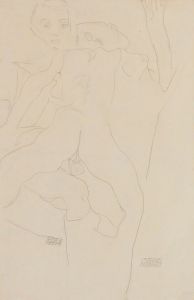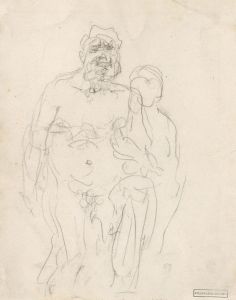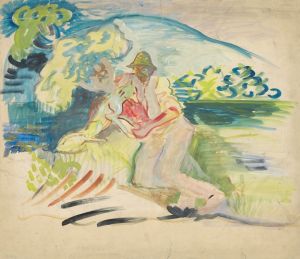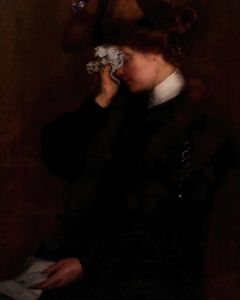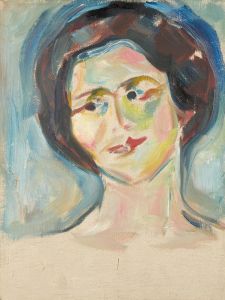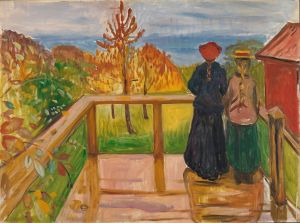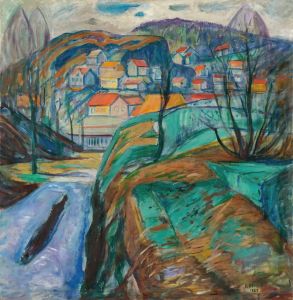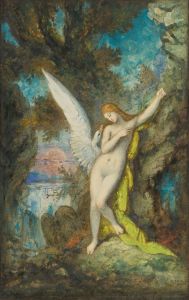
The Flower of Love
A hand-painted replica of Edvard Munch’s masterpiece The Flower of Love, meticulously crafted by professional artists to capture the true essence of the original. Each piece is created with museum-quality canvas and rare mineral pigments, carefully painted by experienced artists with delicate brushstrokes and rich, layered colors to perfectly recreate the texture of the original artwork. Unlike machine-printed reproductions, this hand-painted version brings the painting to life, infused with the artist’s emotions and skill in every stroke. Whether for personal collection or home decoration, it instantly elevates the artistic atmosphere of any space.
Edvard Munch, the renowned Norwegian painter and printmaker, is best known for his emotionally charged and symbolically rich works that explore themes of love, anxiety, and mortality. Among his extensive body of work, "The Flower of Love" is one of his paintings that reflects his preoccupation with the complexities of human relationships and emotions.
"The Flower of Love" was created in 1903, during a period when Munch was deeply engaged in exploring the psychological dimensions of love and desire. The painting is part of his broader series of works that delve into the themes of love, jealousy, and existential struggle, which were central to his artistic vision. Munch often used symbolic imagery to convey the emotional intensity of these themes, and "The Flower of Love" is no exception.
The painting depicts a couple in an intimate embrace, surrounded by a dreamlike, almost surreal atmosphere. The figures are rendered in Munch's characteristic style, with elongated forms and expressive, flowing lines. The use of color is particularly striking, with warm, vibrant tones dominating the composition. The titular "flower" is a central motif in the painting, symbolizing the fragility and transience of love. Munch's use of flowers as symbols of love and passion recurs in several of his works, reflecting his interest in the interplay between beauty and impermanence.
"The Flower of Love" is often interpreted as a reflection of Munch's own tumultuous experiences with love and relationships. Throughout his life, Munch struggled with feelings of alienation and emotional conflict, which were frequently mirrored in his art. His works from this period are marked by a heightened emotional intensity, as he sought to capture the psychological undercurrents of human experience.
The painting is part of Munch's broader exploration of the human condition, which he referred to as the "Frieze of Life." This series of works encompasses a wide range of themes, including love, anxiety, and death, and is considered one of the defining achievements of his career. "The Flower of Love" exemplifies Munch's ability to convey complex emotions through his distinctive visual language, making it a significant piece within his oeuvre.
Today, "The Flower of Love" is recognized as an important work in Munch's artistic legacy. It continues to be studied and appreciated for its emotional depth and symbolic richness, offering insight into the artist's unique perspective on the human experience. The painting is housed in the collection of the Munch Museum in Oslo, Norway, which is dedicated to preserving and showcasing Munch's work.





